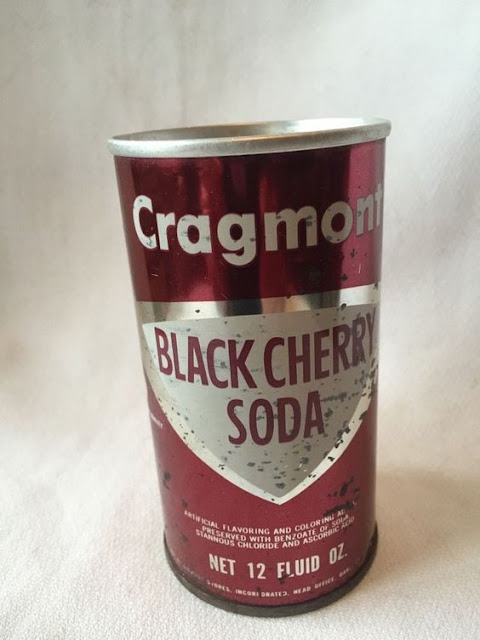 |
| There's an essence of a woman who buys her dresses with her buckets of KFC (nudge-wink). |
Perhaps one of the most questionable products of the 1960s was the disposable paper dress.
And it still looks like instant disaster; Just add rain. Hoses and sprinklers. Sweat. Pets. Perverts. Wind. A wayward snag, tree branch or sticker bush. Hot cigarette/joint ashes. Sparks. And of course, plain old fire. To mention a few.
 |
| ...and that's before Becky looks at it and turns up her nose... Image: Wikipedia |
But the 1960s were of course, a very libertine time in fashion. But even so, somebody had to prove that a disposable evening dress could be both fashionably hip and safe. (Or at least in some mediocre way.) Enter the Scott Paper Company in 1966 with their promo ads in teen magazines.
Right there, you're probably thinking "Uh-oh", as tissue paper is not known for it's durability, no matter what the TV ads say. And assuming the worst, you're probably wondering where the hell Ralph Nader was on this, to say nothing of every parent of a teenage girl.
But these dresses weren't that flimsy. In fact, these dresses could be worn more than once. But still, there were risks involved. Washing them (which you could do on some paper dresses only once) will remove the fire retardant coating. Other paper dresses would disintegrate being washed.
But after a while, sweat stains, odors, wear, small tears and strap failure begin to take their toll.
Hallmark Cards really got into the act and made several styles of paper dresses.
 |
| Image:Vintage Everyday |
 |
| Image:Vintage Everyday |
 |
| Even geeky girls got their own paper dresses....Image:Vintage Everyday |
 |
| Asheville, NC was a hub of paper dress making, |
The paper dress fad reached it's peak around 1966-68.
 |
| 1969 |
But by the turn of the 1970s, the focus was on recycling. And disposable paper dresses became unfashionable.











































